Learning Imaginative Praying
 Leadership Journal, Winter 2008
Leadership Journal, Winter 2008Learning Imaginative Prayer
by Greg Boyd
Prayer is foundational in spiritual transformation. So we interviewed Gregory Boyd, pastor of Woodland Hills Church in St. Paul, Minnesota, and the author of Seeing is Believing: Experiencing Jesus through Imaginative Prayer (Baker, 2004).
How do you introduce imaginative prayer to a church unfamiliar with the practice?
Carefully! Differentiate imaginative prayer from the New Age movement. Imaginative prayer is focused on biblical truth; whereas New Age uses the imagination to go on shamanistic journeys.
This is simply thinking about God in concrete and vivid ways. It's rooted in the biblical tradition.
What are examples from Scripture?
In Psalm 27 David says he wants to gaze upon the beauty of the Lord in his temple. What kind of gazing is he talking about? A physical scene, or a spiritual scene? Hebrews tells us to fix our eyes on Jesus, the author and finisher of our faith. This is spiritual seeing. All of this requires the imagination.
I often use 2 Corinthians 3 to introduce imaginative prayer. Paul talks about a veil over the minds of unbelievers, and the veil being removed so we can behold the glory of God. The whole passage is about what goes on in our mind. He identifies what we see in our mind as the key to transformation. As you see the beauty and the glory of God in the face of Jesus Christ, you take on that glory from one degree to another. We become what we see.
So imagination is key to spiritual formation?

It's the main place where we encounter God. I call it the inner sanctum. When a person is not surrendered to Christ, that inner sanctuary is darkened. There's a veil. But when we turn to Christ, the veil is removed and we have a capacity to see and be transformed by something that we didn't previously have.
How do you guide people into imaginative prayer?
I first encourage people to make a date with Jesus simply to enjoy the beauty of Christ. Intercession is important, but so is resting in Christ. While in a space conducive for prayer, I have them ask the Holy Spirit to help them experience Jesus; to make him become real to them. Then I invite them to imagine Jesus speaking to them what we already know he has said about us. I print Bible verses out, and have people imagine Jesus saying these words to them. The goal is to sense as vividly as possible Jesus communicating these truths. They may already know them, but they may never have experienced them. That is the goal.
What has been the impact in your own church?
Many people tell me it's been life transforming. It makes their faith come alive. They tell me stories of healing. One guy, for example, in prayer saw himself as a little boy sitting on a curb and crying. He remembered it was the day his father left their home. He remembered feeling so abandoned and alone. His relationship with his father was never healthy after that. But in prayer he saw Jesus put his arm around him and say, "Sometimes people in life leave you, but I never will.
I will never leave you or forsake you." I get touched just repeating it.
read more
Labels: Prayer, Spiritual Disciplines, Spiritual Formation, Spirituality





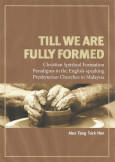
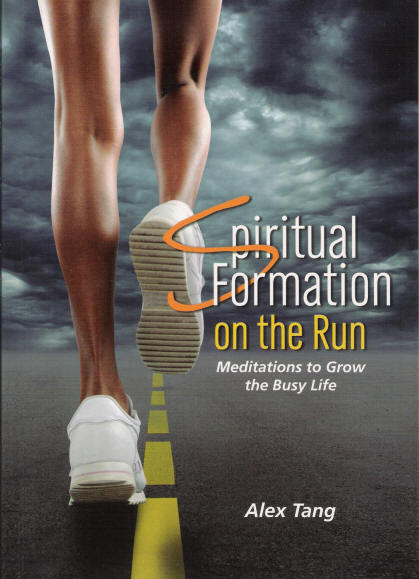



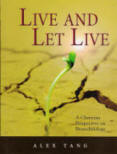


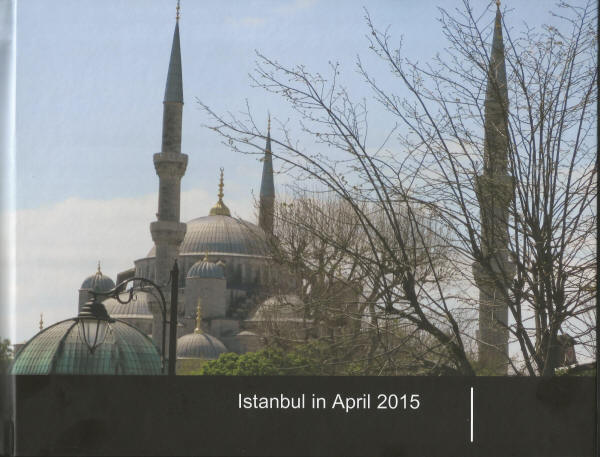
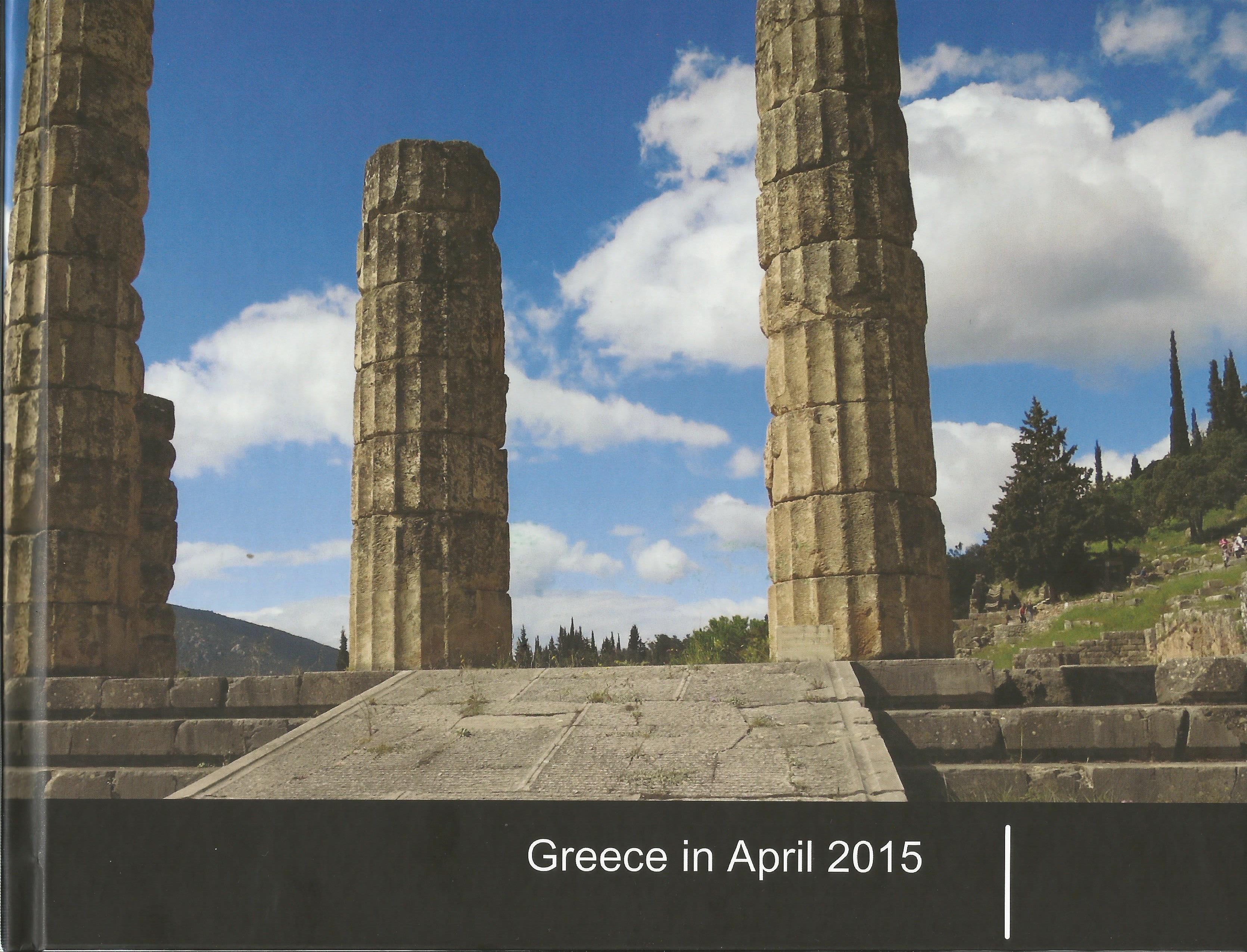
2 Comments:
this is really pt.1 of Greg Boyd's Christian NLP double; the next book is, "Escaping the Matrix".
i found his ideas refreshing, but inevitably controversial...(which is probably why Boyd felt the need to include a very theologically-oriented FAQ at the back, eh?) ;>)
still, i think this book is a great start towards 'pushing' the Church to look more at REALITY instead of always focusing on at TRUTH (as the latter has been at the forefront for almost 5 centuries, no?)
am glad you liked it...:)
oh, I didn't realise that this is Greg Boyd Christian NLP double. Then I need to read the other book.
I agree with you that his ideas are stimulating. Christian NLP is something new. The Buddhists have been actively involved in neuroscience for some time and have made rapid progress. I am sad to say that so far, the Christian apologetics has no answers for that.
Post a Comment
<< Home